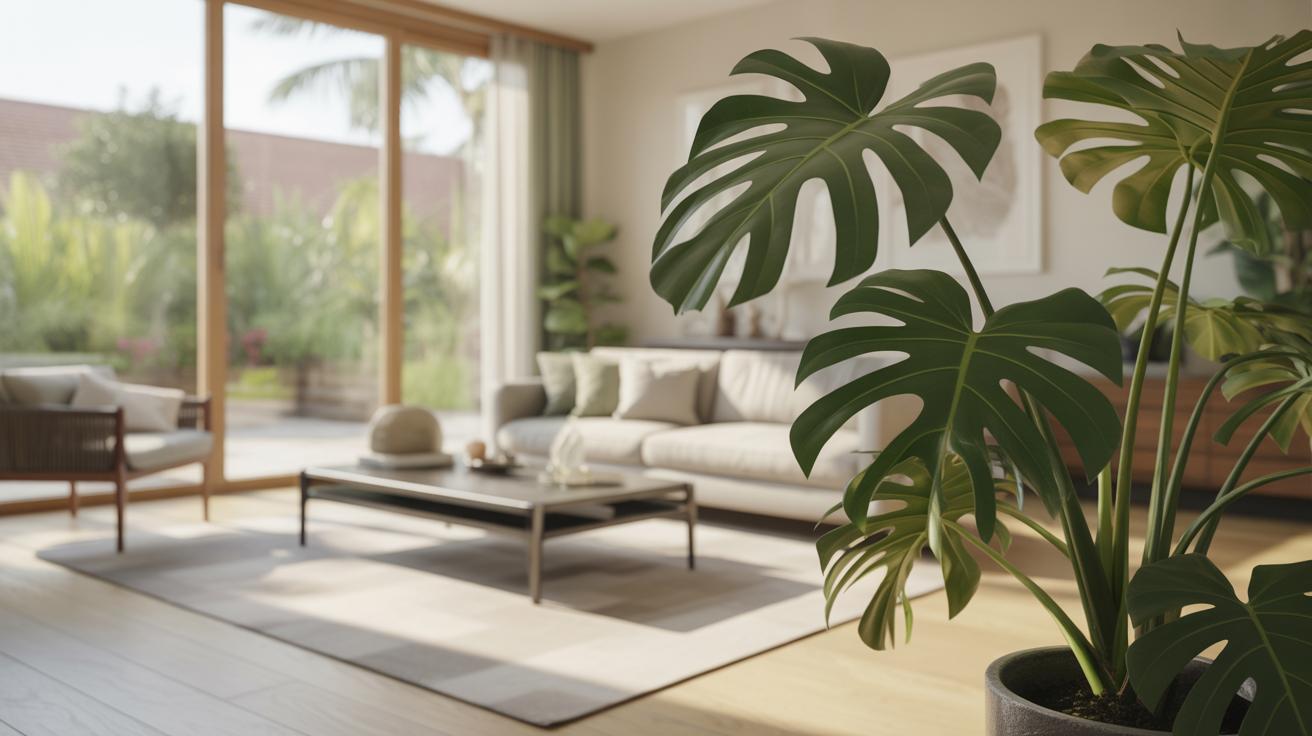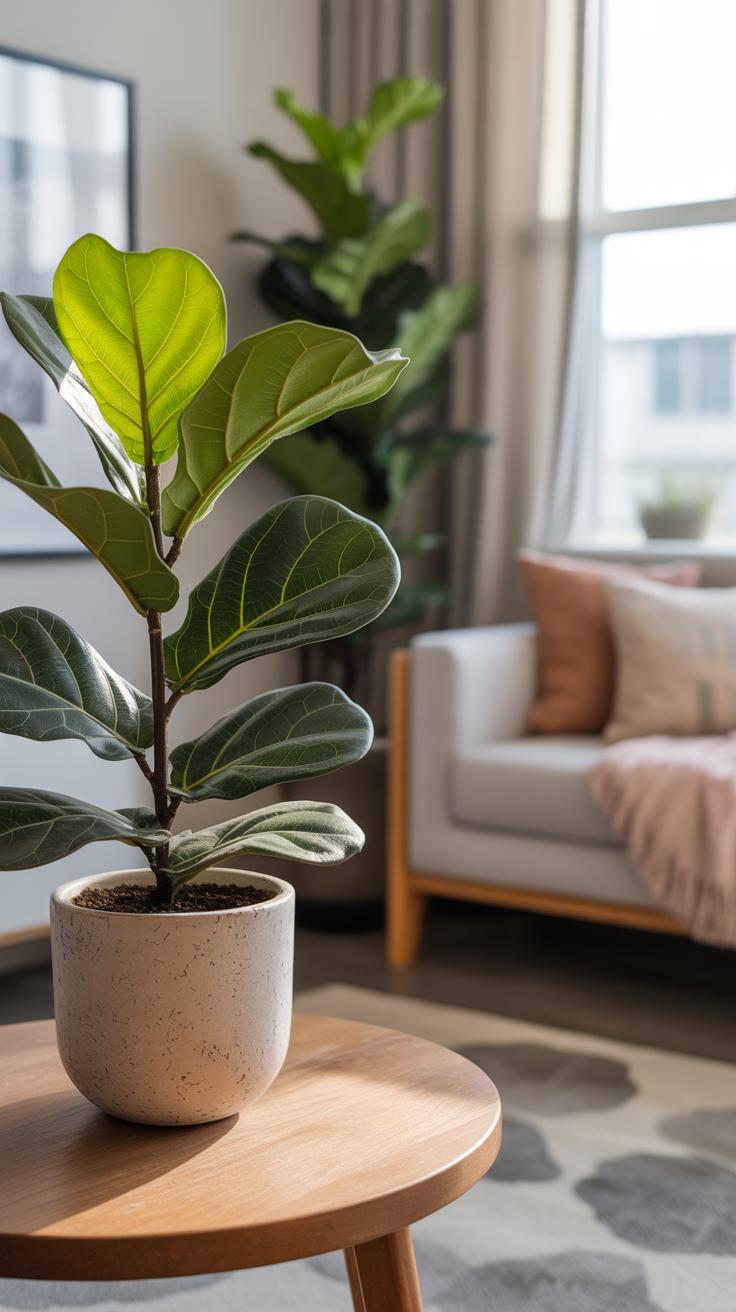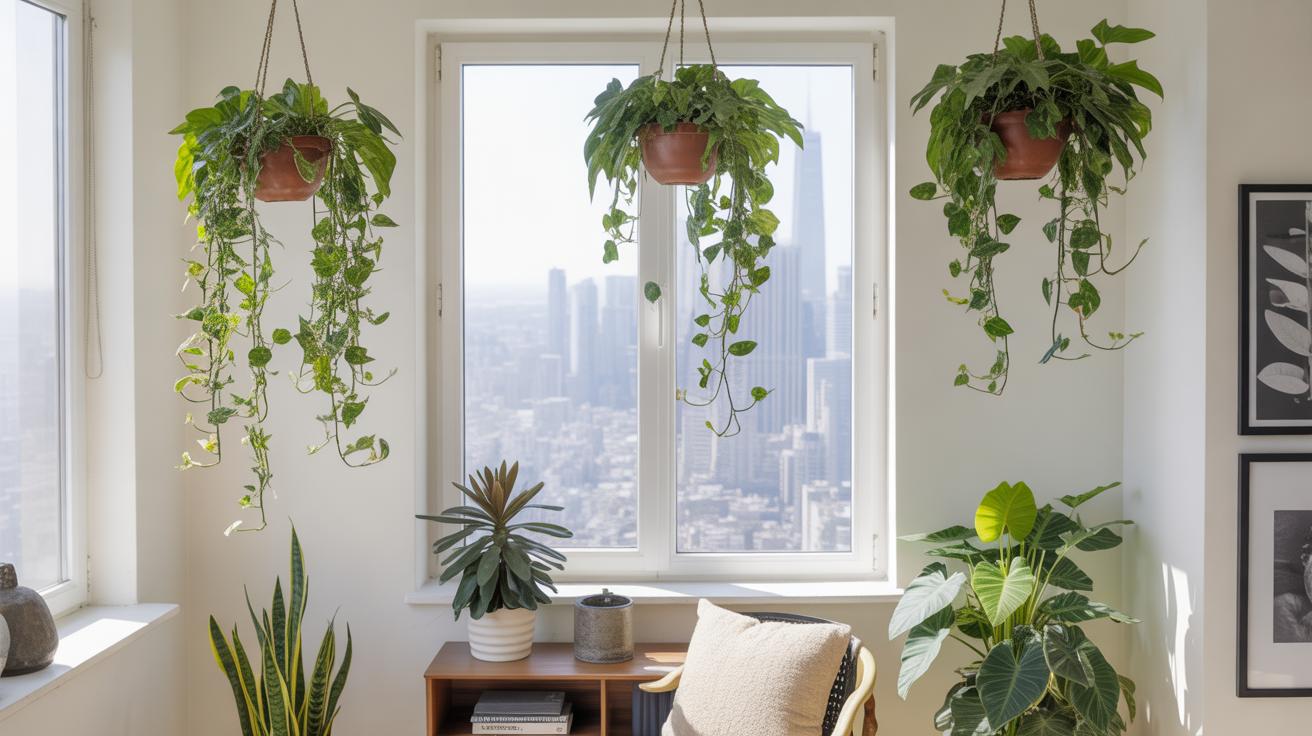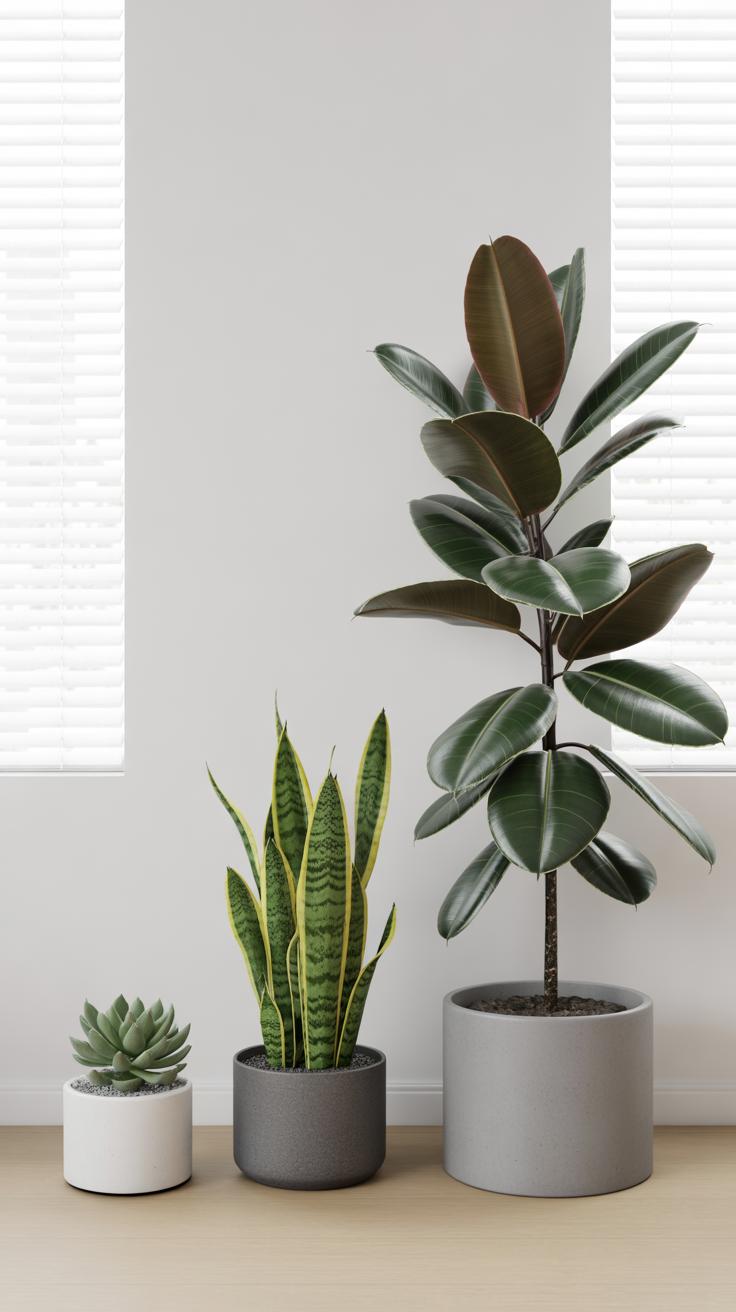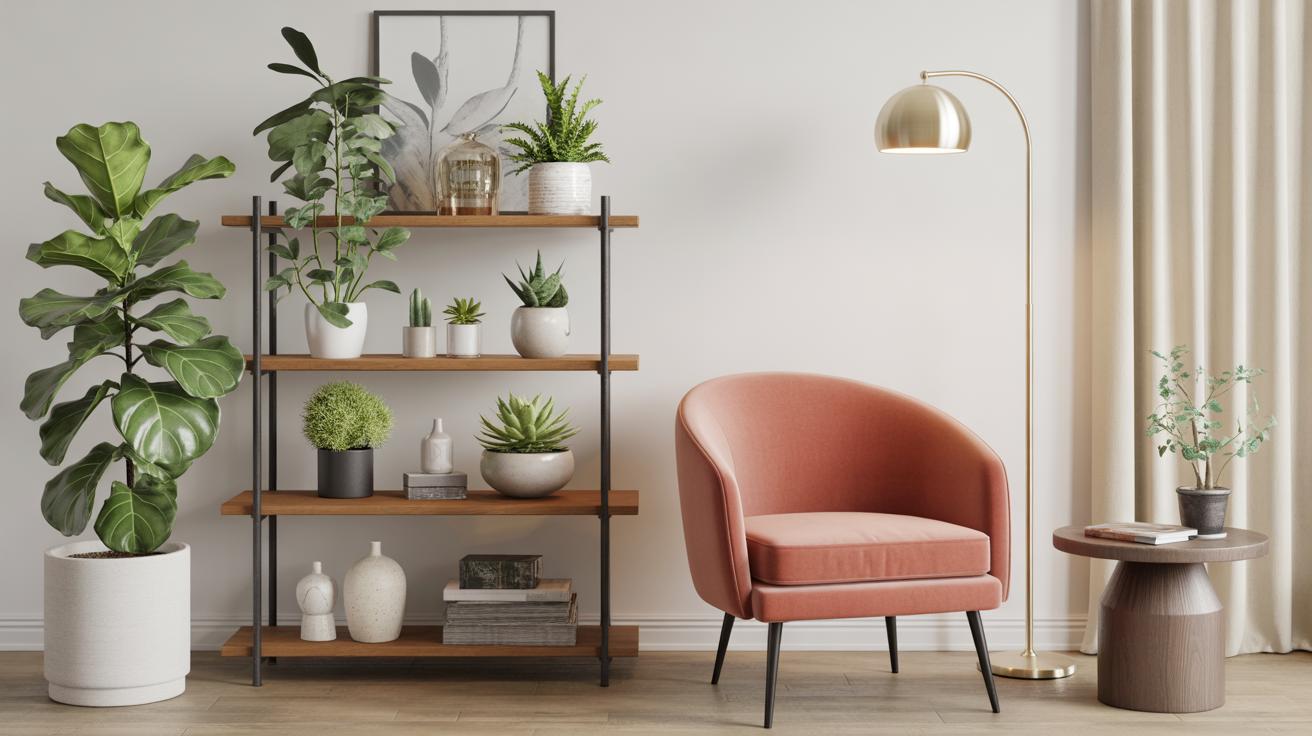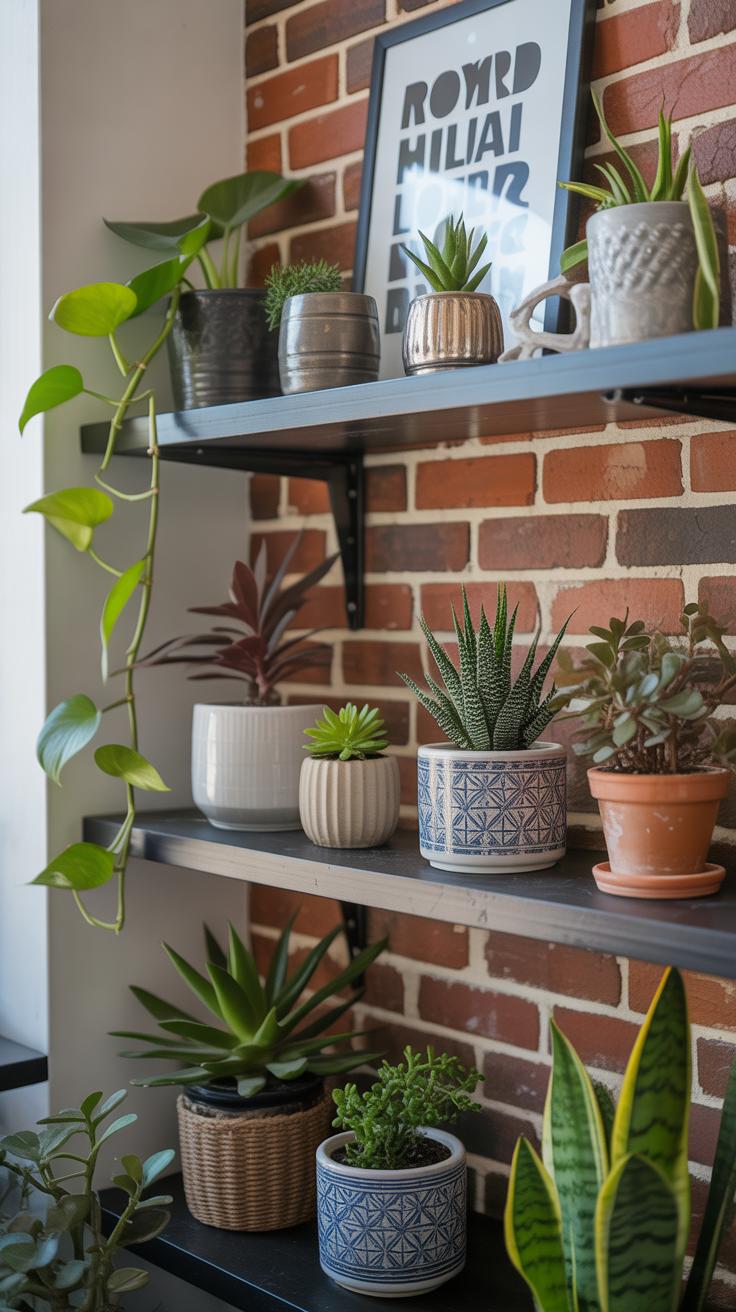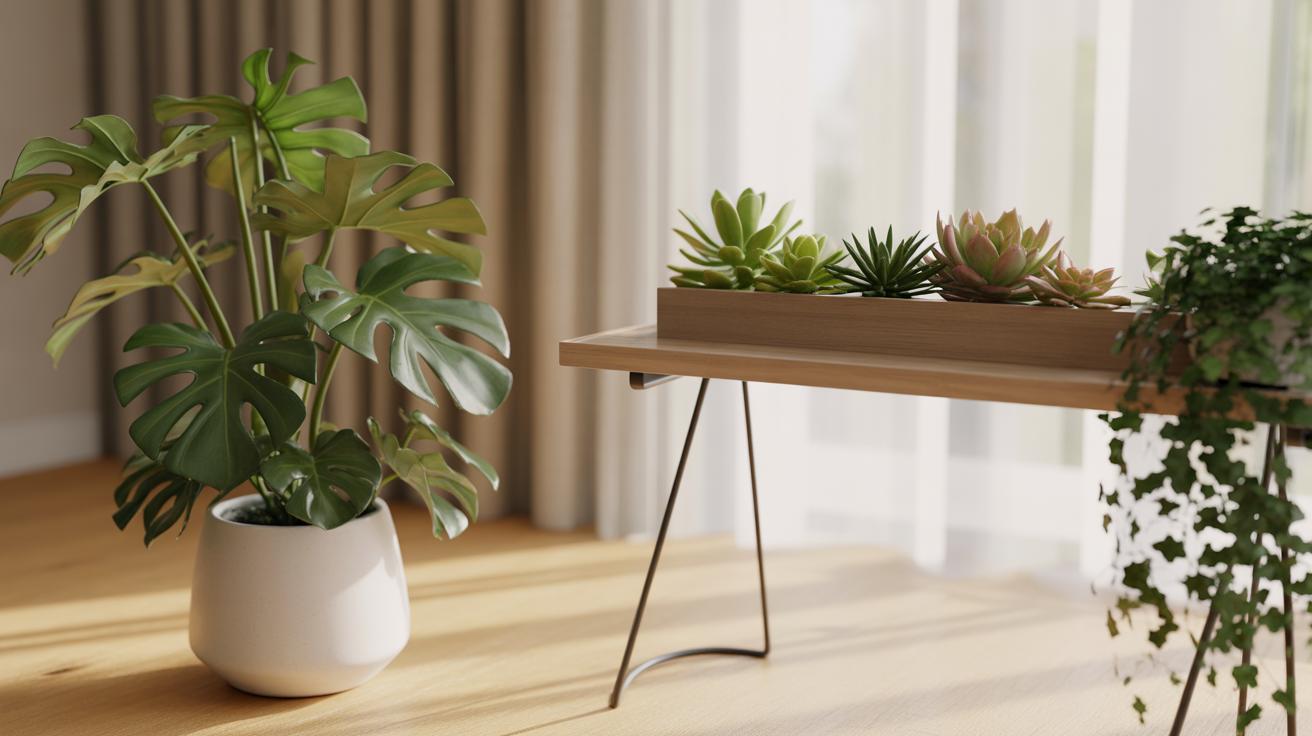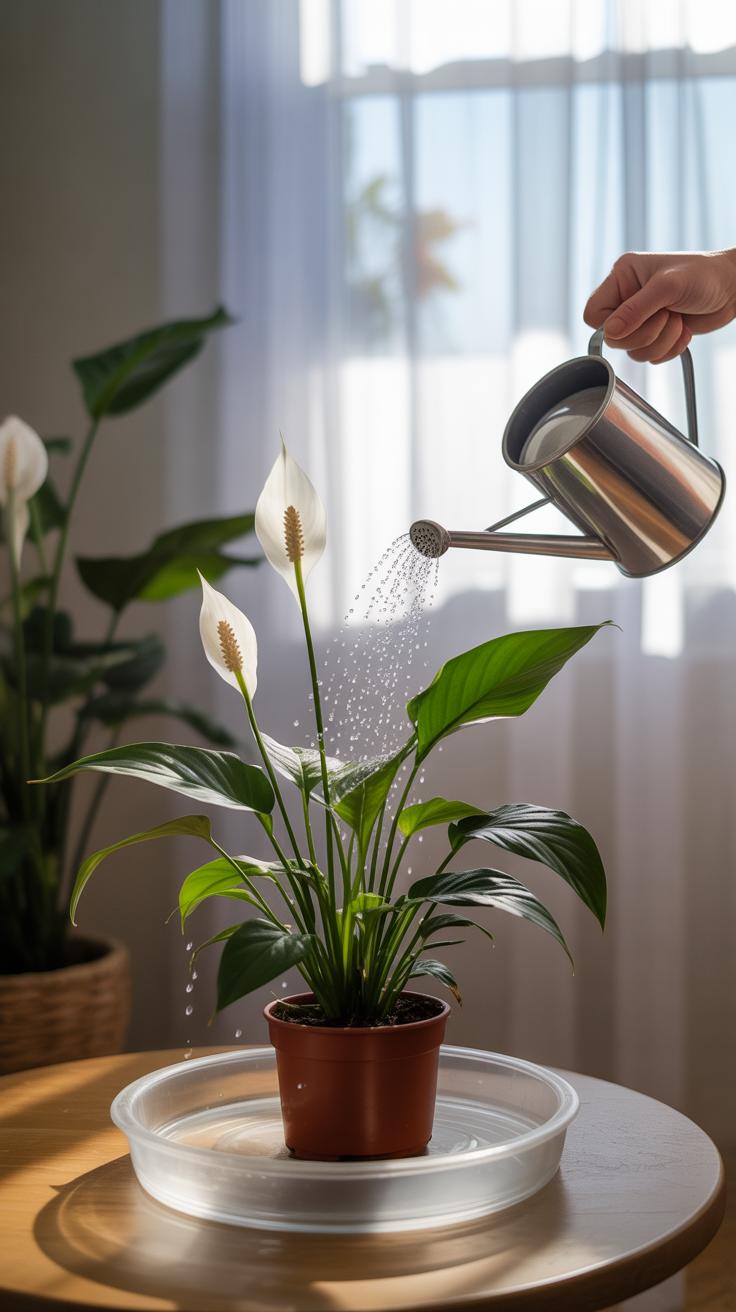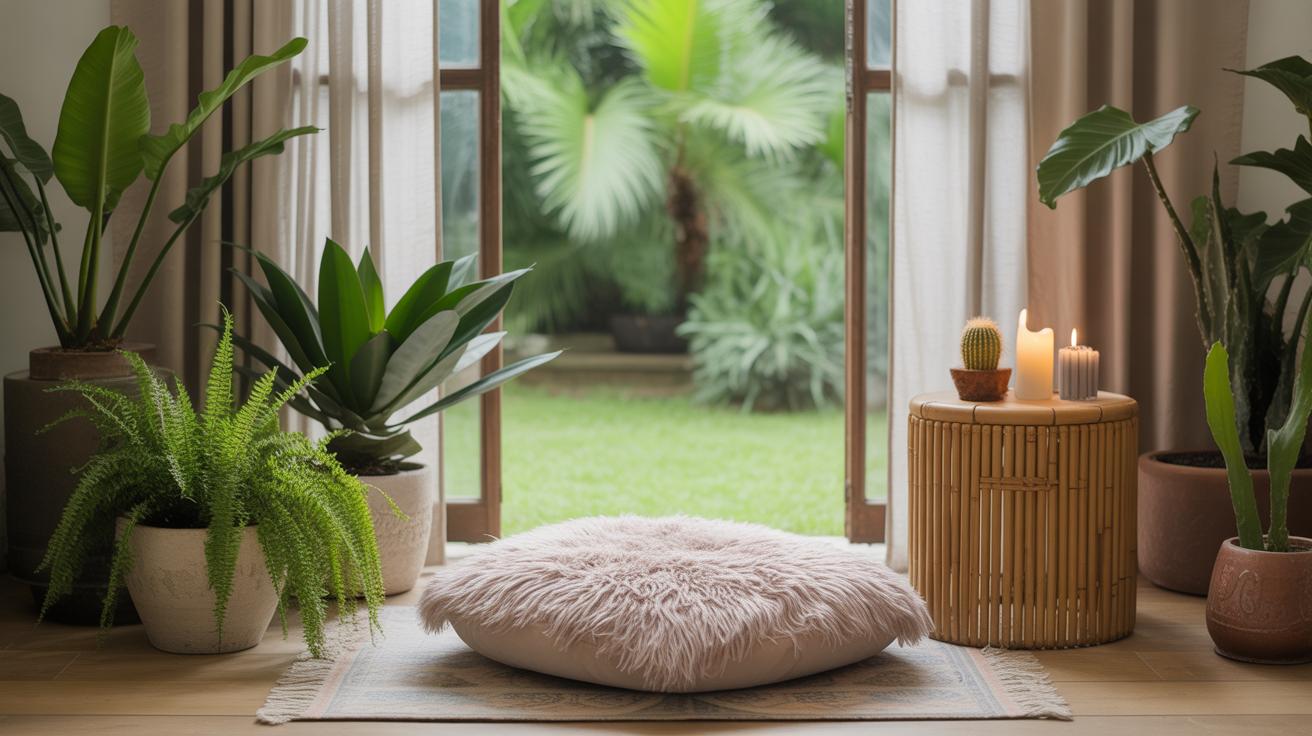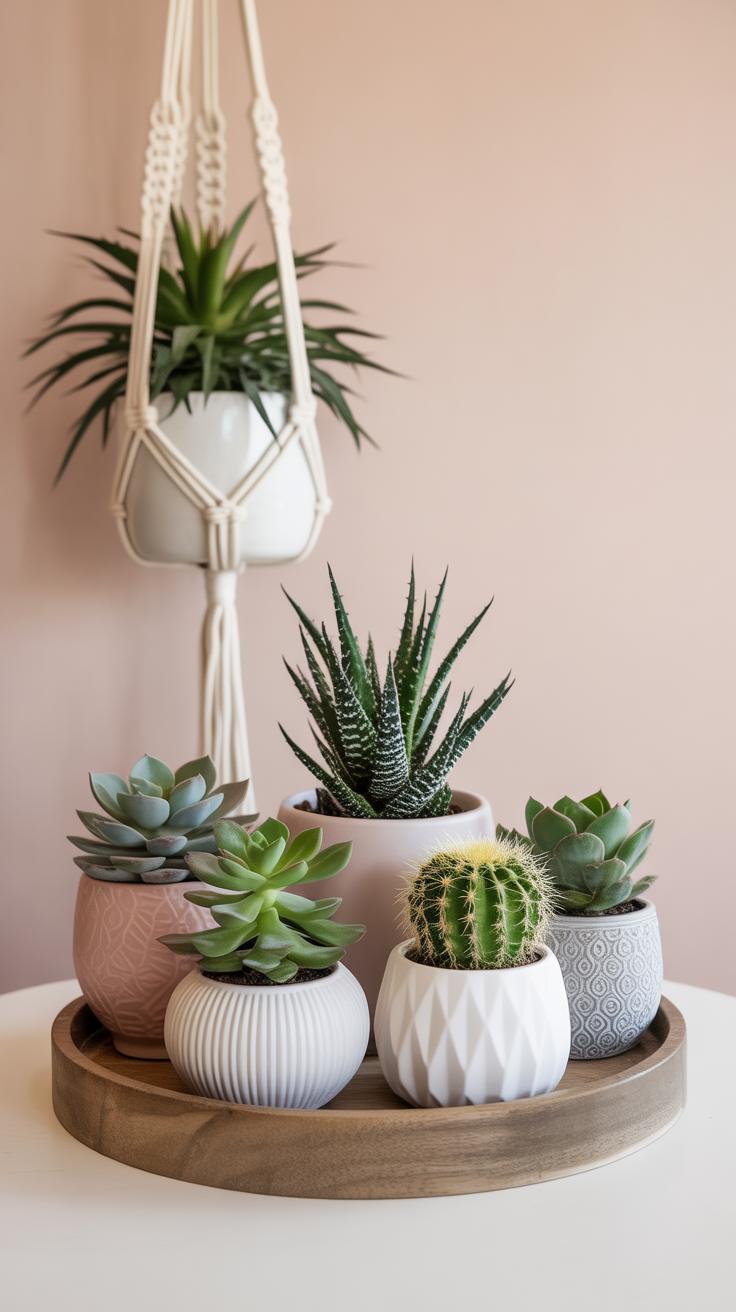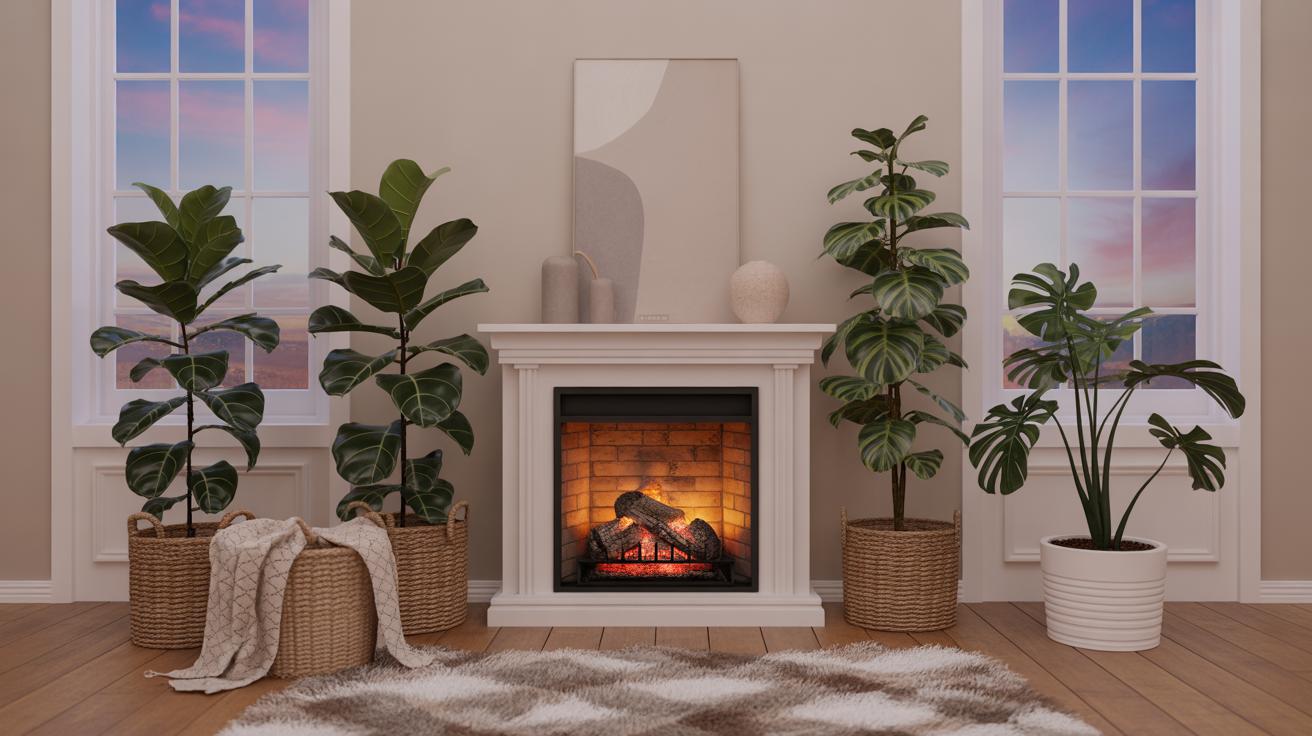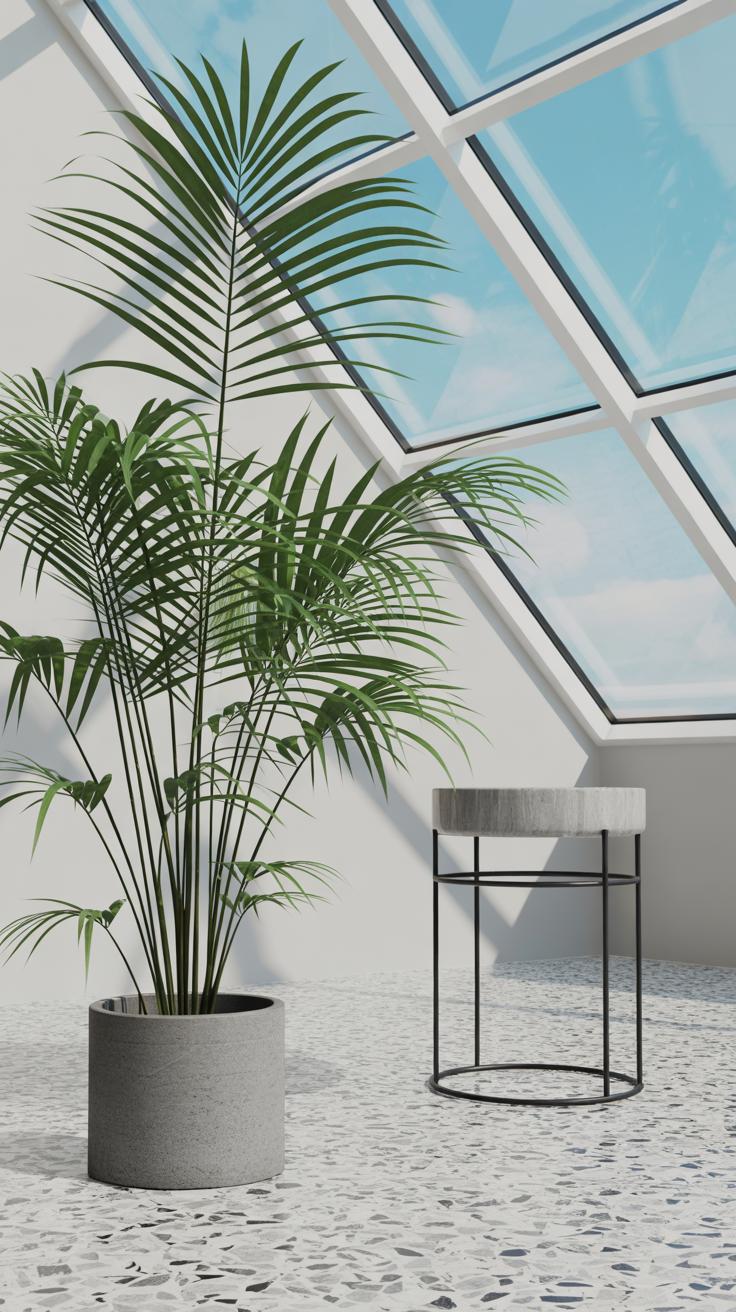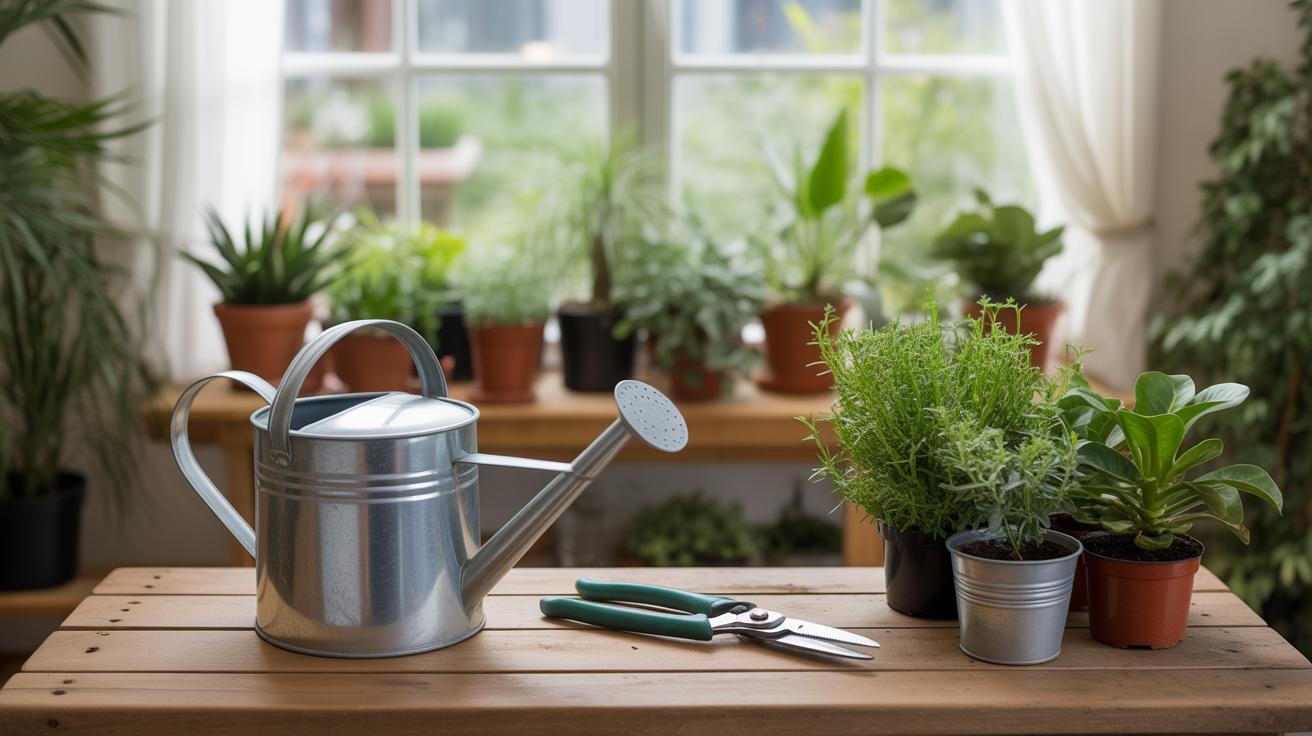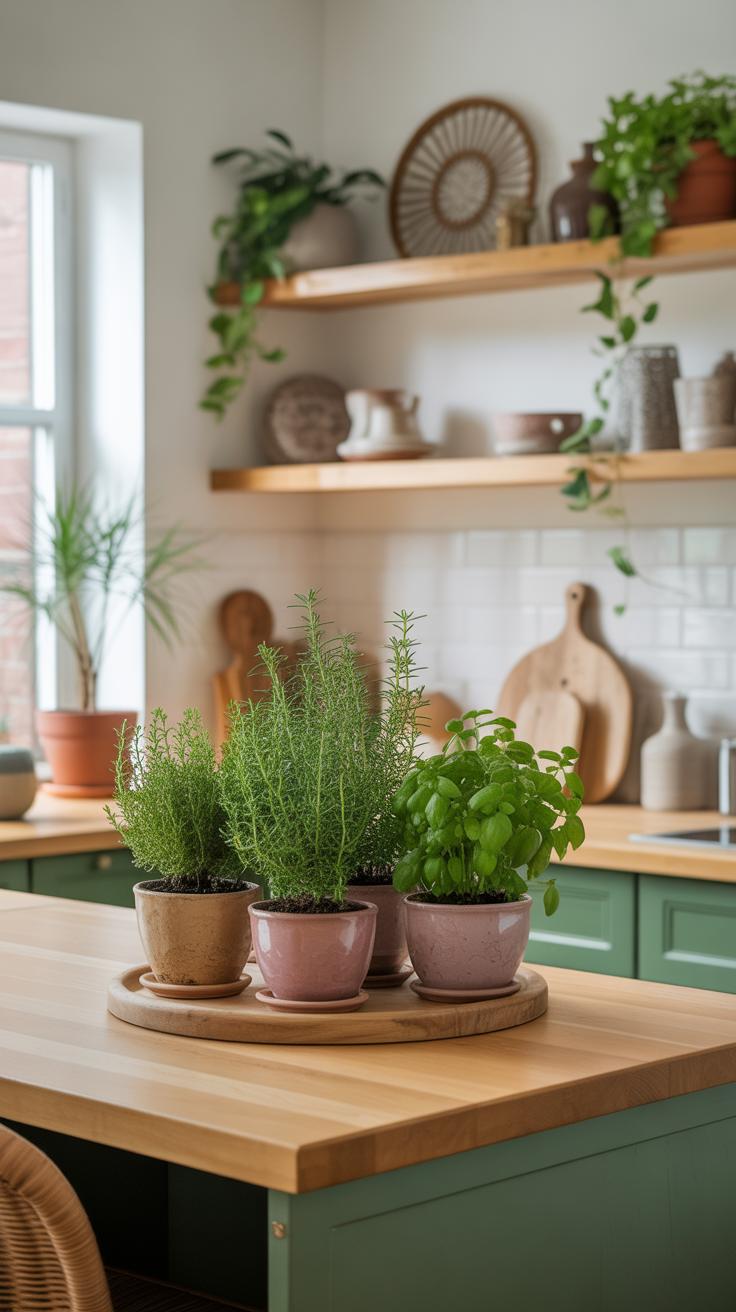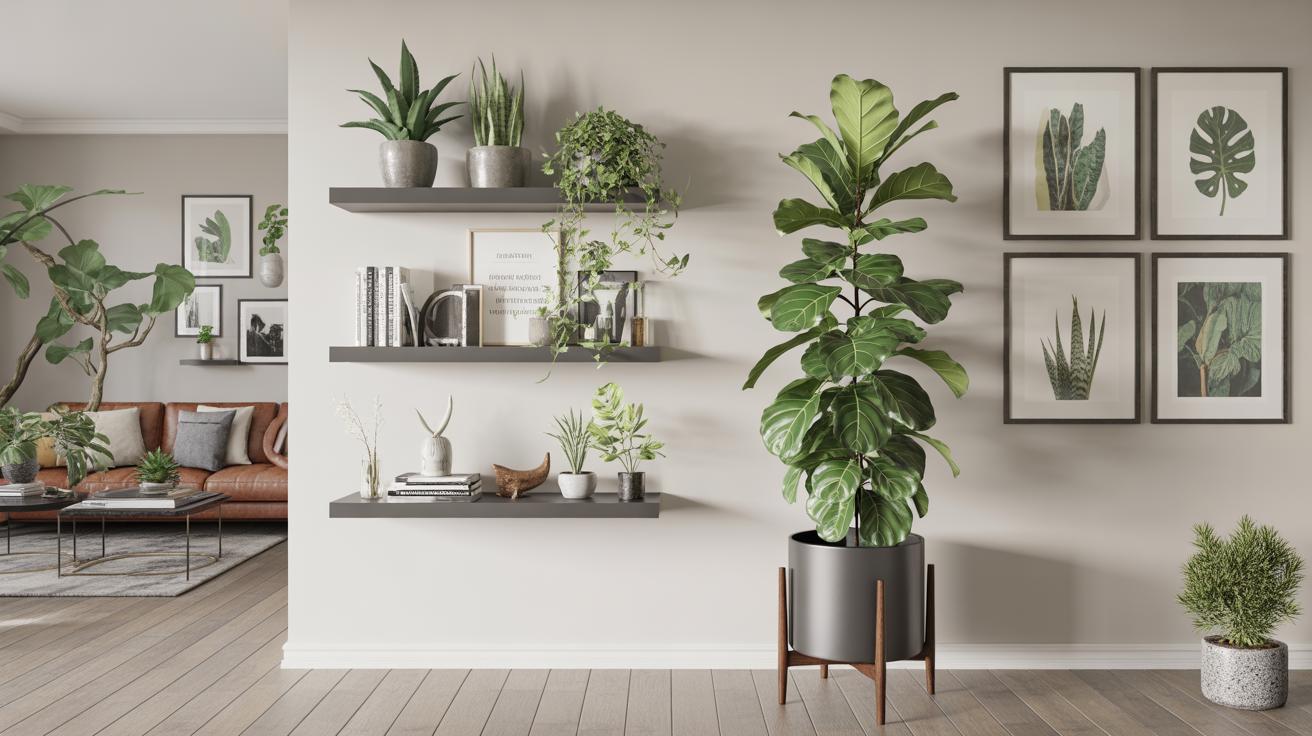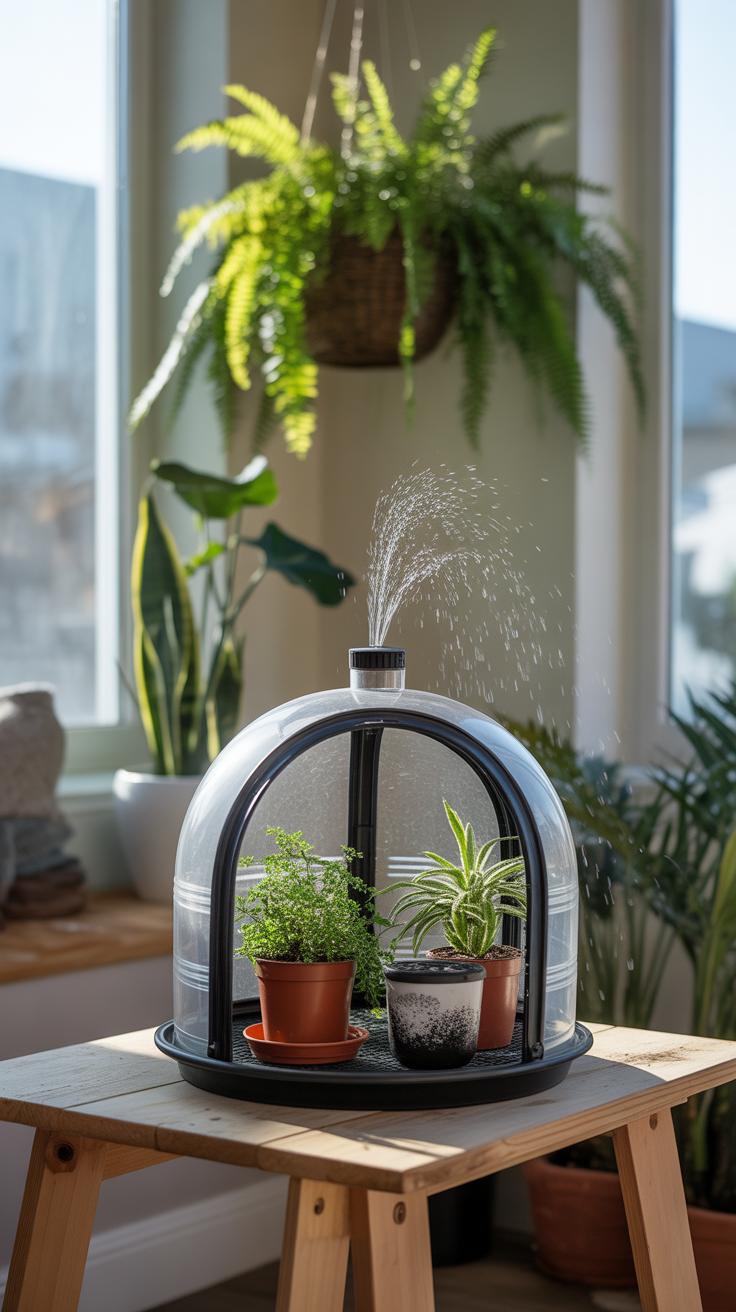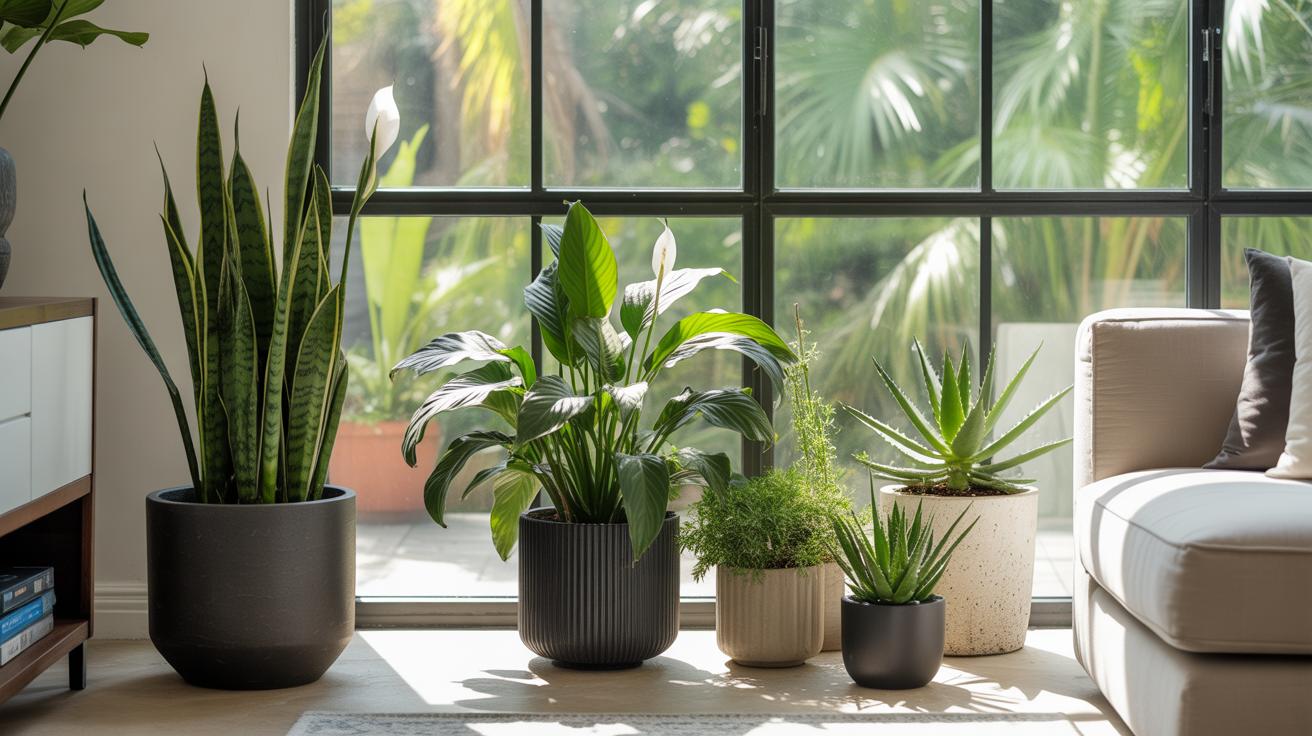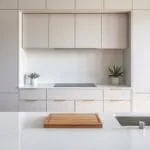Introduction
Indoor plants can change the way your home feels and looks. They add a touch of nature and can make any room feel fresh and lively. With the right plants, you can bring color and life indoors. This article will help you learn how to use indoor plants as a part of your decor.
Many indoor plants are easy to care for and can grow well inside your home. They help clean the air and create a calm space. Let’s explore how to pick the right plants and care for them to make your home more beautiful and welcoming.
Benefits of Indoor Plants for Your Home
How Plants Improve Air Quality
You might not realize it, but plants can help clean the air inside your home. They do this by removing some harmful substances that often hang around in the air, such as chemicals from paints, cleaning products, or even furniture. It’s a quiet process, happening bit by bit. While a few plants won’t make a big difference overnight, having several in your space can gradually reduce these toxins.
At the same time, plants add oxygen. They take in carbon dioxide and release oxygen, which can make the air feel fresher. It might not be like opening a window, but it’s there. Some plants, like spider plants or snake plants, are especially good at this. If you’ve ever noticed how much your room brightens up when the air feels clearer, that’s partly thanks to plants.
Mood and Wellness Benefits of Indoor Plants
It’s not just about air — plants can also affect how you feel. Having greenery around tends to lower stress, at least for many people. You might find yourself pausing to look at a plant when feeling anxious, and it seems to help calm the mind. Of course, it doesn’t work like magic, but there’s something about watching leaves move gently or just being near nature indoors that can lift your mood.
Plants might even improve happiness on a day-to-day basis. People often feel a bit more connected to their space – their home feels alive in a different way. That subtle boost can make a big difference, especially when you spend a lot of time inside. I’ve noticed this myself; a simple plant nearby can help me focus or relax better, even without realizing it.
Choosing the Right Indoor Plants
Low Light Plants for Shady Rooms
Rooms with little natural light can feel a bit gloomy, but some plants actually prefer those conditions. If your space doesn’t get much sun, don’t worry—there are plants that thrive quietly in the shadows. Snake plants, for example, are famously low-maintenance and can survive on minimal light. Their tough leaves store water, so they’re forgiving if you forget to water them now and then.
Similarly, pothos is a great choice. It grows well in indirect light and can trail elegantly from shelves or hangers, bringing green without demanding much attention. ZZ plants are another option—they tolerate shade and dry air, making them nearly indestructible in less sunny spots. These plants don’t need much fuss, which means you can easily keep them alive even if your room feels a bit dark most days.
Plants for Bright and Sunny Spots
Sunny windowsills or rooms with abundant daylight call for plants that soak up the sun rather than shy away. Succulents and cacti, for instance, love bright light and dry conditions. They don’t need frequent watering, but too little sun and they might look sad or start to stretch awkwardly for more light.
Other plants like fiddle leaf figs enjoy soaking in bright spots, yet they can be finicky about sudden changes in light or drafts. These plants reward consistency, so placing them near steady, natural light works best. Aloe vera is another sun-lover, offering both easy care and practical benefits if you want a plant with a bit of use. It’s worth watching the leaves, though; if they turn brown or scorched, the light might be too intense. So, matching the plant’s preference to your home’s lighting might take a bit of trial—but once you find the fit, it’s quite satisfying.
Creative Ways to Use Indoor Plants in Decor
Using plants to fill empty corners can bring a surprising sense of warmth to a room. Instead of leaving those spots bare, where they might just gather dust, placing a larger plant there can make the space feel more intentional, almost as if it was waiting for that green touch. It’s not just about filling space—plants soften edges, break up sharp lines, and can help disguise awkward angles or unused patches in your home. You might try a tall fiddle leaf fig or a snake plant in a decorative pot, standing quietly but making a statement without shouting for attention.
When it comes to shelves and tables, small plants add pops of color and texture that really brighten up cluttered or plain surfaces. The key is balance. Mix a few plants with books, candles, or small ornaments. Group three or five little pots of succulents or ferns rather than scattering them randomly. It’s easier to create a little scene, a green nook that draws the eye. The occasional trailing plant can even spill over a shelf’s edge, lending a soft, flowing feel that contrasts with hard materials like wood or metal.
Ask yourself: which corners in your home feel empty or just a bit cold? And what tables or shelves deserve some fresh life? Sometimes the simplest way to enhance your space is to add a leaf or two.
How to Care for Indoor Plants
Watering Tips to Avoid Common Mistakes
Watering indoor plants might seem straightforward, but it’s often where people slip up. You might be tempted to water on a strict schedule, but plants aren’t clocks—they react to their environment. Too much water can drown roots, leading to rot, while too little leaves leaves brown and droopy. A good rule is to check the soil before watering. If the top inch feels dry, it’s probably time. But some plants prefer a bit of drying out, others love steady moisture. I’ve killed a few plants by overwatering when I thought I was being diligent, so trust what your plant seems to be telling you.
Also, water deeply but less often. Shallow watering encourages weak roots that stay near the soil surface. And never let your plants sit in standing water—drainage is key.
Choosing the Right Pots and Soil Mix
Pots with drainage holes make a huge difference. They allow excess water to escape, preventing waterlogging. It can be tempting to use a decorative pot without holes, but if you do, consider a plastic liner or place stones at the bottom to keep roots out of water. Still, drainage holes are better overall.
Soil mix matters too. Regular garden soil can be too dense inside pots, leading to poor aeration. A light, well-draining potting mix keeps roots healthy. Some plants like succulents prefer sandy mixes, while tropical varieties do better in rich, organic soils. I usually add perlite or orchid bark to improve drainage—it’s a little step, but it helps plants breathe.
Choosing the right pot size also counts. Too big, and the soil stays wet longer; too small, and roots get cramped. If the pot is bigger, expect to adjust watering accordingly. Have you noticed how a plant seems unhappy in a cramped spot? That could be the reason.
Decorating with Succulents and Cacti
Why Succulents and Cacti are Good for Indoor Decor
Succulents and cacti often come up as go-to choices for indoor plants, especially if you’re new to plant care or have limited space. They don’t ask much—just a bit of light and occasional watering. This makes them pretty appealing if your schedule is unpredictable or if you sometimes forget to tend to plants.
They fit well in small corners or narrow shelves, which can be tricky spots for bigger plants. Because they store water in their leaves or stems, they survive drought better than most. That means fewer worries about overwatering, which is a common problem for beginners.
I’ve seen setups where just a few tiny succulents make a significant style statement without overwhelming a room. Of course, they aren’t the lushest or tallest, but their shapes and textures add an interesting layer to indoor decor.
Creative Arrangements for Succulents
Grouping succulents together in pots offers lots of room for creativity. Imagine a shallow ceramic dish filled with varied shapes and sizes, creating a miniature landscape. You can play with colors—from pale greens to rich purples—to keep the display from feeling flat.
Consider mixing different pots: a tall planter with spiky cacti beside a low tray of rosette-form succulents. Placing some on a sunny windowsill, while others sit on a coffee table, breaks monotony.
You might also try mounting succulents on driftwood or arranging them vertically in a frame for a slightly unconventional look. They invite experimentation, which means you can change displays whenever the mood strikes.
Indoor Plants That Improve Air Quality
Popular Air-Purifying Indoor Plants
When thinking about freshening up the air inside your home, a few plants tend to stand out. Take the spider plant, for instance. It’s pretty forgiving and actively filters out harmful substances like formaldehyde and carbon monoxide. Then there’s the snake plant—almost indestructible and known for producing oxygen at night, which can be a quiet helper in your bedroom. Pothos, with its trailing vines, doesn’t just look lively but cleanses air by removing toxins like benzene. Each of these plants contributes a little in its own way, and you might find one or two that fit your style and space.
How to Care for Air-Purifying Plants
Caring for these plants isn’t too complicated, but they do have different needs. Spider plants prefer indirect sunlight and like their soil to stay moist, but not soggy—something I’ve learned the hard way. Snake plants, on the other hand, tolerate low light and need watering only when the soil feels dry. Overwatering them can be a problem, so a cautious approach works best. Pothos enjoys medium light and a bit of watering once the top soil dries out.
Keeping these plants healthy helps them keep your air cleaner, so I always check for yellowing leaves or signs of pests. Maybe it’s the simple routine of watering and adjusting light that makes you connect more with your plants—and indirectly with the air you breathe. If you’re wondering whether they really make a difference, I’ve found they do change the feel of a room, making it a bit fresher. That’s probably enough to start with, don’t you think?
Design Tips for Integrating Plants in Any Room
Placing Plants in Living Areas
Living rooms are often the heart of a home, so where you place your plants can change the whole vibe. Try grouping plants near seating areas, like beside your sofa or on a side table, to add warmth without overcrowding. Taller plants work well in corners to fill empty vertical space but watch out for blocking walkways or light sources. If you have shelves, layering small and medium pots adds depth and interest—sometimes it feels like the room breathes a little better.
Think about the light too. South-facing windows suit plants that like direct sun, while north-facing spots are better for shade-tolerant ones. And you might want something low-maintenance near your TV or reading chair since you probably won’t fuss over them daily.
Using Plants in Bedrooms and Bathrooms
Bedrooms benefit from plants that promote calm, like lavender or snake plants. Place them near windows if you can, but they also do okay on nightstands or dressers with indirect light. You might be surprised how a small fern or aloe vera feels comforting on a bedside table. But, yeah, watch out for crowding—nothing too big or overwhelming since your space is for resting.
Bathrooms can be tricky because of humidity and varied light. Many plants thrive in those conditions: think pothos, spider plants, or peace lilies. They handle dampness well and don’t mind lower light. Hanging pots or placing plants on shelves above the sink or toilet can brighten the space without making it feel cluttered. Just remember, sometimes the light changes a lot in the bathroom, so tweak placement if a plant looks unhappy—it’s a bit trial and error at times.
Seasonal Care and Maintenance of Indoor Plants
Indoor plants don’t stay the same throughout the year, right? Their needs shift as the seasons turn. You might notice your plants looking a bit different when winter rolls in—slower growth, or maybe they seem thirsty less often. That’s your cue to rethink how you care for them.
Adjusting Watering and Light Through the Year
During warmer months, indoor plants generally need more water. The heat causes faster soil drying and boosts their growth, so you might find yourself watering once or twice more than usual. In contrast, winter often means cooler, darker rooms and slower plant metabolism. Try cutting back on watering—you don’t want soggy roots just because you forgot to adapt.
Lighting changes too. Longer days bring more natural light, so plants near windows thrive then. But as daylight shortens, even bright spots dim. You could think about moving some plants closer to windows or supplementing with a grow light. I remember moving my snake plant a few inches deeper into the room during winter; it perked up after a couple weeks.
Protecting Plants from Indoor Drafts and Temperature Swings
Don’t overlook indoor drafts, which can sneak up in colder seasons. Placing your plants near drafty windows or doors may cause leaf damage or slowed growth. If you detect cold air creeping in, try relocating the plants—or block the drafts with heavier curtains or draft stoppers.
On the flip side, heat sources like radiators or vents can dry out the air and scorch leaves without you realizing it. Keeping plants a safe distance feels like a small hassle but really pays off. Have you checked the temperature near your plants during winter? Sometimes it’s too hot or too cold in spots we wouldn’t expect.
Adjusting subtly, paying attention to little changes—this is key. Your plants might not tell you outright what they need, but if you watch carefully, you’ll see. And that’s how you keep them alive—and even thriving—all year long.
Conclusions
Indoor plants can make a big difference in your home. They brighten rooms and create a peaceful feel. Choosing plants that fit your space and caring for them well will help them thrive. Simple steps like the right lighting, watering, and potting can keep your plants healthy.
Use the tips from this article to add green decor to your home. Think about your space and the plants that will fit best. Enjoy the fresh look and calm feeling that indoor plants bring to your rooms.

